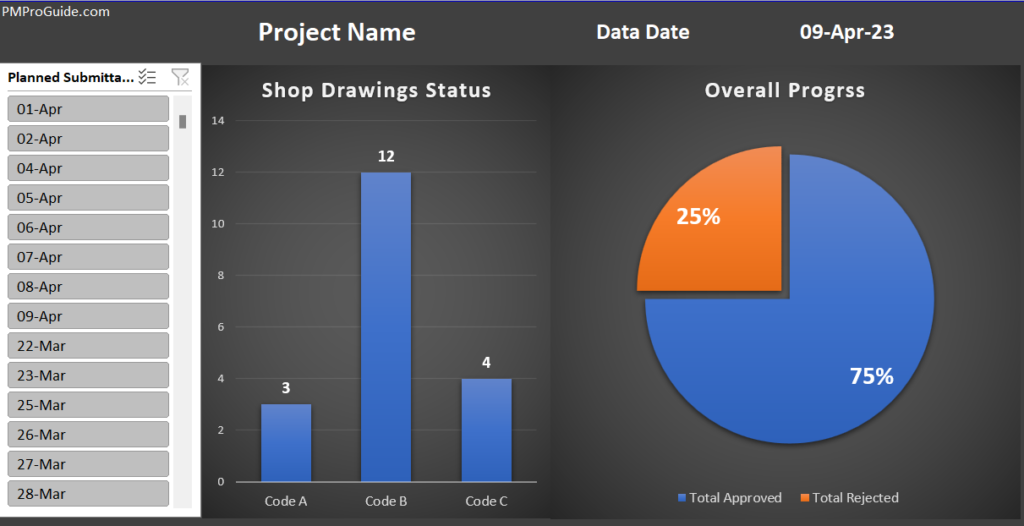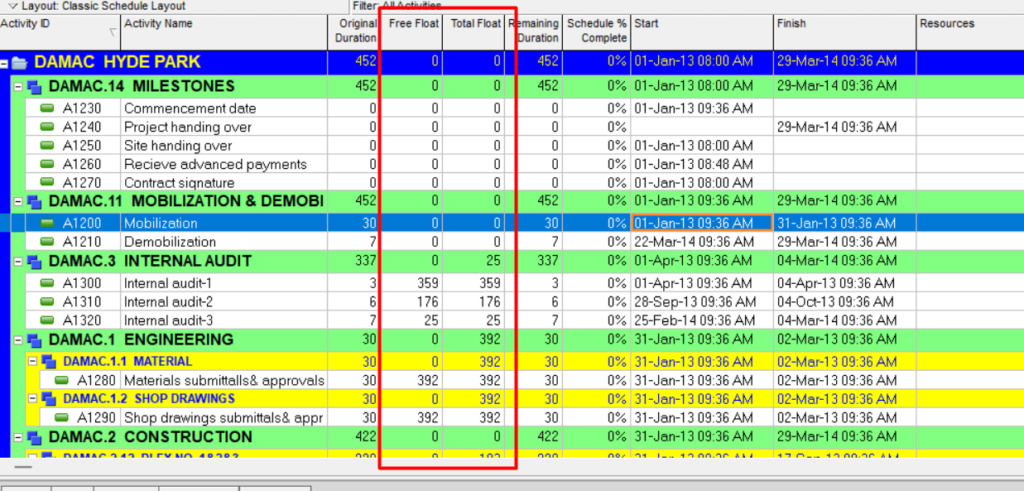What are Long Lead Items + Examples, and how to manage
What are long-lead items in construction? Long-lead items are components or materials that have a long manufacturing or delivery time and therefore need to be ordered well in advance of when they are required on a construction project. These items can include specialized equipment, custom-built machinery, or materials that are in high demand and have […]
What are Long Lead Items + Examples, and how to manage Read More »









